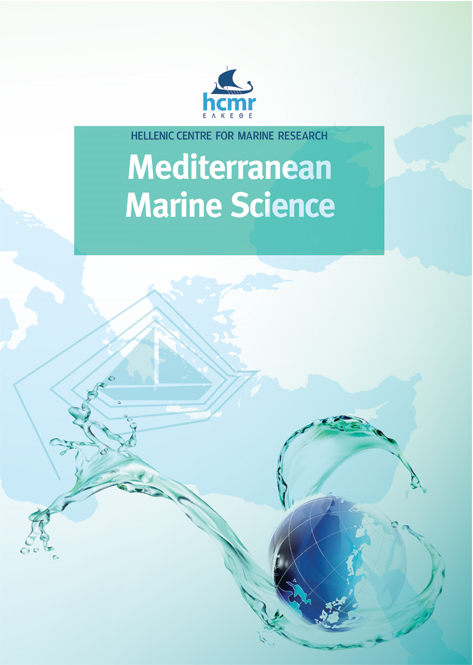Temperature regulates the switch between light-synchronized and unsynchronized activity patterns in the subtidal bivalve Pinna nobilis
Abstract
The present study reports new knowledge into the biological rhythms of subtidal bivalves using the fan mussel Pinna nobilis as model. The objective was determining which factor(s) provoke the change between two different patterns observed in the annual cycle of this species: P1, characterized by the individuals opening and closing their valves following the presence and absence of ambient light and P2, characterised by a behaviour independent of the presence of light. Magnetoresistive sensors were installed on 8 fan mussels to record gaping activity in laboratory conditions. Different temperature and light treatments were applied. Results showed temperature as the factor modulating the change between behavioural patterns. The individuals switched to P1 when temperature reached 24.5º C. In this pattern, individuals are entrained by light showing a circadian rhythm linked to the daily light treatments. During P2, the circadian rhythm was missing or very weak, contrary to in situ observations. The results of the present study contribute to understand the biology of the species in order to plan new conservation strategies. Furthermore, the observed relationship between temperature and P1 is of interest to develop captive breeding of fan mussels. Altogether, this information is especially relevant in view of the recent mass mortality of P. nobilis occurred in the western Mediterranean.
Article Details
- Zitationsvorschlag
-
HERNANDIS, S., GARCIA-MARCH, J. R. R., SANCHIS, M. ÁNGEL, MONLEON, S., VICENTE, N., & TENA, J. (2018). Temperature regulates the switch between light-synchronized and unsynchronized activity patterns in the subtidal bivalve Pinna nobilis. Mediterranean Marine Science, 19(2), 366–375. https://doi.org/10.12681/mms.14158
- Ausgabe
- Bd. 19 Nr. 2 (2018)
- Rubrik
- Research Article
Authors who publish with this journal agree to the following terms:
- Authors retain copyright and grant the journal right of first publication with the work simultaneously licensed under a Creative Commons Attribution Non-Commercial License that allows others to share the work with an acknowledgement of the work's authorship and initial publication in this journal.
- Authors are able to enter into separate, additional contractual arrangements for the non-exclusive distribution of the journal's published version of the work (e.g. post it to an institutional repository or publish it in a book), with an acknowledgement of its initial publication in this journal.
- Authors are permitted and encouraged to post their work online (preferably in institutional repositories or on their website) prior to and during the submission process, as it can lead to productive exchanges, as well as earlier and greater citation of published work (See The Effect of Open Access).







